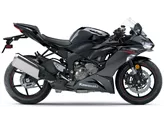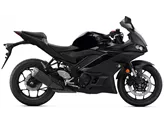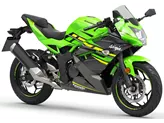Yamaha YZF-R6 2019 vs. Kawasaki Ninja ZX-10R 2021

Yamaha YZF-R6 2019
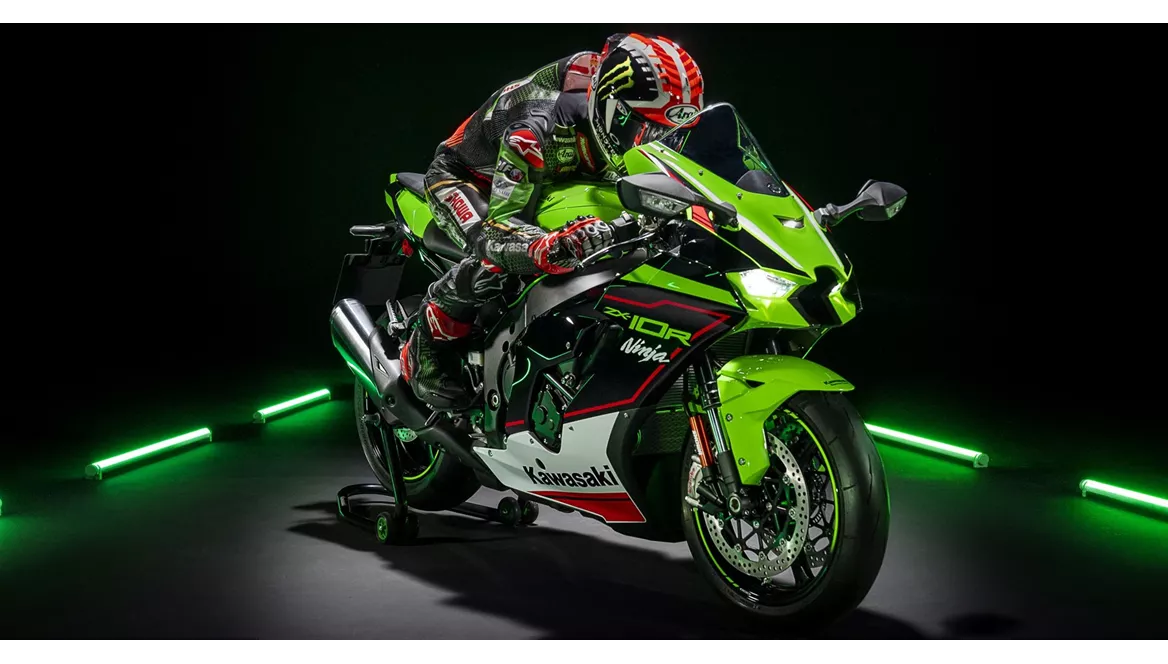
Kawasaki Ninja ZX-10R 2021
Overview - Yamaha YZF-R6 2019 vs Kawasaki Ninja ZX-10R 2021
The Yamaha YZF-R6 2019 and the Kawasaki Ninja ZX-10R 2021 are both supersport motorcycles that offer impressive performance and advanced features.
Starting with the engine and drive train, the Yamaha YZF-R6 2019 is equipped with a 599cc in-line four-cylinder engine that produces 118 horsepower and 65.7 Nm of torque. It has a compression ratio of 13.1 and features DOHC valves with four valves per cylinder. On the other hand, the Kawasaki Ninja ZX-10R 2021 boasts a larger 998cc in-line four-cylinder engine that delivers a whopping 203 horsepower and 114.9 Nm of torque. It has a slightly lower compression ratio of 13 and also features DOHC valves with four valves per cylinder. In terms of power, the Kawasaki Ninja ZX-10R 2021 clearly outperforms the Yamaha YZF-R6 2019.
Moving on to the suspension, both motorcycles feature upside-down telescopic forks in the front and swing arm suspension with a monoshock in the rear. The Yamaha YZF-R6 2019 has a front fork diameter of 43mm, while the Kawasaki Ninja ZX-10R 2021 shares the same diameter. Both motorcycles offer adjustable compression, preload, and rebound settings for the front and rear suspension. The rear suspension material is made of aluminum for both bikes.

Yamaha YZF-R6 2019
In terms of the chassis, both the Yamaha YZF-R6 2019 and the Kawasaki Ninja ZX-10R 2021 feature aluminum frames. The Yamaha YZF-R6 2019 has a trail measurement of 97mm, while the Kawasaki Ninja ZX-10R 2021 has a slightly larger trail of 105mm.
When it comes to braking, both motorcycles are equipped with double disk brakes in the front. The Yamaha YZF-R6 2019 has a front brake diameter of 320mm, while the Kawasaki Ninja ZX-10R 2021 has a larger front brake diameter of 330mm. Both motorcycles utilize radial technology for their front brakes, providing excellent stopping power.
In terms of dimensions and weights, the Yamaha YZF-R6 2019 has a front tire width of 120mm and a rear tire width of 180mm. The Kawasaki Ninja ZX-10R 2021, on the other hand, has a slightly wider rear tire width of 190mm. Both motorcycles share the same front and rear tire diameter of 17 inches. The Yamaha YZF-R6 2019 has a wheelbase of 1375mm, while the Kawasaki Ninja ZX-10R 2021 has a longer wheelbase of 1440mm. The seat height of the Yamaha YZF-R6 2019 is 850mm, while the Kawasaki Ninja ZX-10R 2021 has a slightly lower seat height of 835mm. Both motorcycles have a fuel tank capacity of 17 liters.
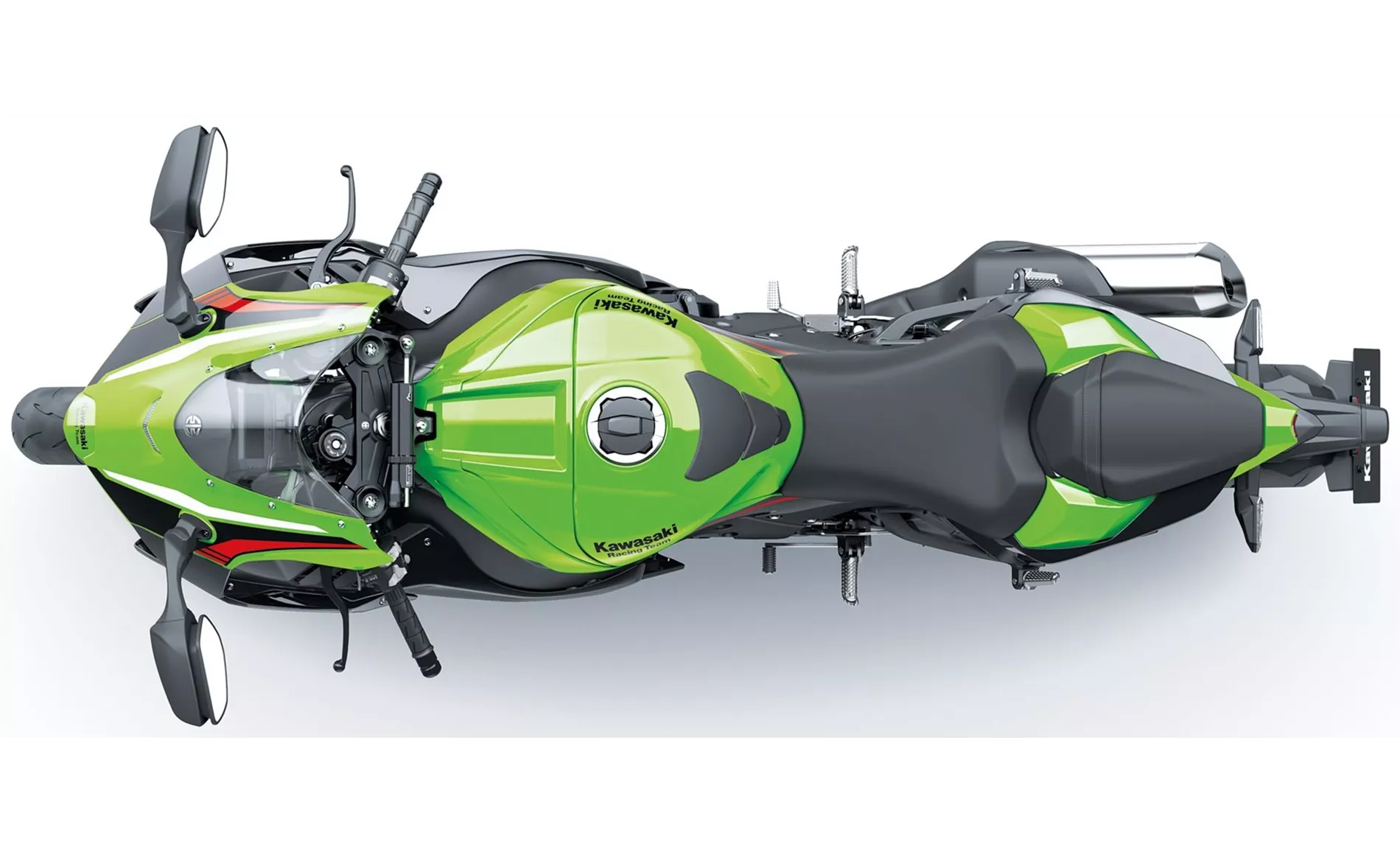
Kawasaki Ninja ZX-10R 2021
In terms of strengths, the Yamaha YZF-R6 2019 is praised for its top chassis, powerful brakes from the YZF-R1, sharp design, modern lighting system, mature electronics package, easy-to-read display interface, and rev-happy engine. On the other hand, the Kawasaki Ninja ZX-10R 2021 is commended for its high-quality workmanship, strong components, high-revving and powerful engine, great wind protection with good aerodynamics, comfortable seating position, high-quality electronics package, powerful brakes, and well-balanced chassis.
As for weaknesses, the Yamaha YZF-R6 2019 is criticized for its engine lacking punch in the middle of the rev range and its higher price compared to the Kawasaki Ninja ZX-10R 2021. On the other hand, the Kawasaki Ninja ZX-10R 2021 is noted for its load change reactions in the partial load range, somewhat slow quickshifter, and smaller display.
In conclusion, both the Yamaha YZF-R6 2019 and the Kawasaki Ninja ZX-10R 2021 are impressive supersport motorcycles with their own strengths and weaknesses. The Kawasaki Ninja ZX-10R 2021 offers more power and a slightly larger trail, while the Yamaha YZF-R6 2019 has a more affordable price and a unique design. Ultimately, the choice between the two will depend on the rider's preferences and priorities.
Technical Specifications Yamaha YZF-R6 2019 compared to Kawasaki Ninja ZX-10R 2021
Pros and Cons in comparison
Pros and Cons in comparison
Yamaha YZF-R6 2019

It almost seems as if the Yamaha YZF-R6 was born on the race track. It is easy to see that the R6 is the little sister of the YZF-R1. Whether it's the design, the ergonomics, the braking or the electronic aids - the racing genes are everywhere! The R6 is an outstanding piece of engineering in the 600cc class and, depending on your preferences, is probably the best 600cc bike currently available - at least for the racetrack. The Yamaha gives the rider unbelievably high precision and feedback over the front wheel and the chassis, and is super manageable at the same time! The engine is extremely rev-happy, but also wants to be kept happy. It is a pity that the latest version of the R6 has lost some of its power due to Euro 4... Nevertheless, it will be the faster track bike for most of us. And if there is a need, an open exhaust system (without road homologation) and mapping can tickle a few more horsepower out of the super sports bike. Sharp design meets even sharper components - TOP!
Kawasaki Ninja ZX-10R 2021
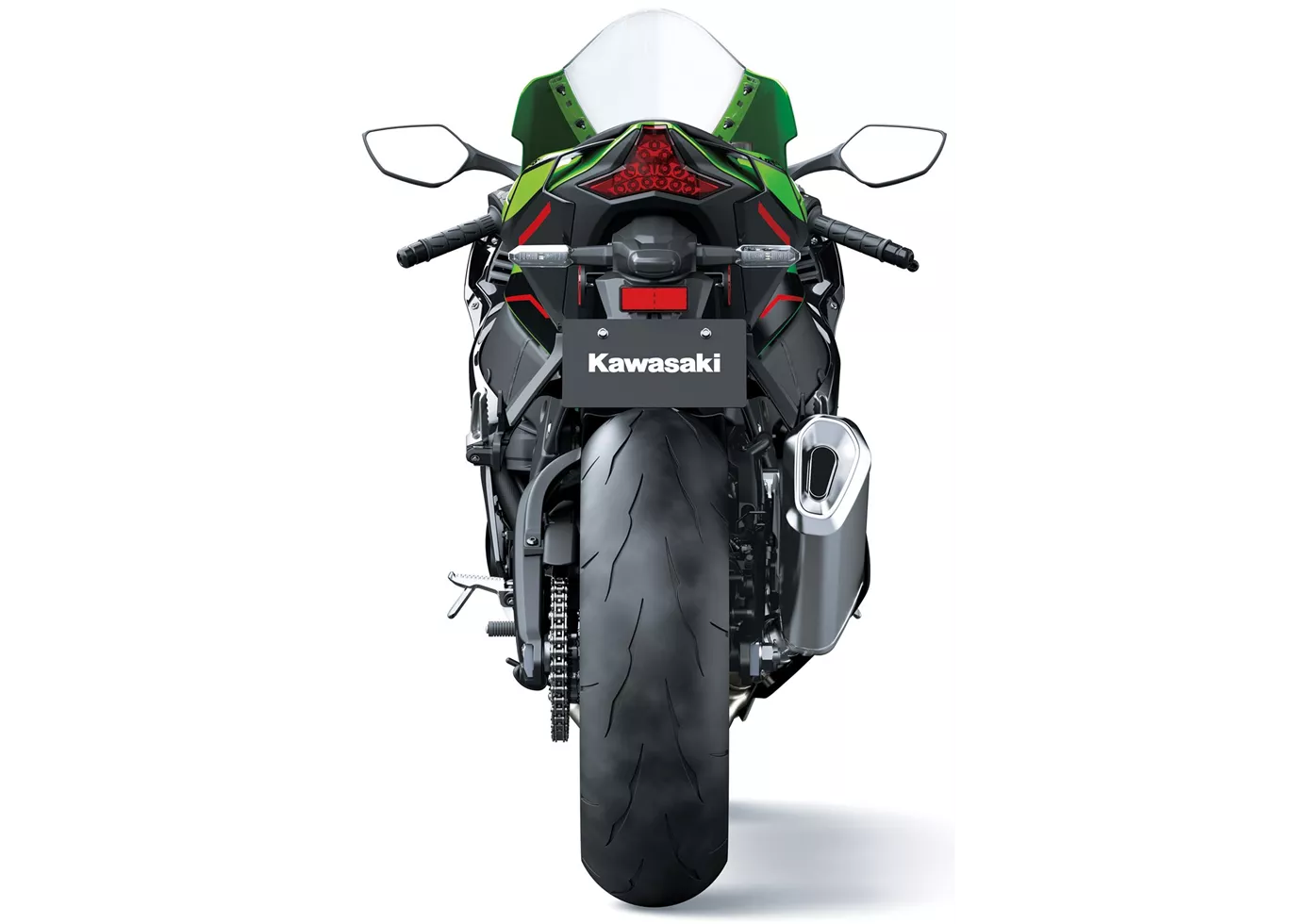
Kawasaki offers a mature overall package with the Ninja ZX-10R in the 2021 model year, which with the new front end also really looks like 2021. The bike offers surprisingly good space for the rider and you feel comfortable in the saddle. The rev-happy engine leaves nothing to be desired - except perhaps more discipline in the part-load range. To make the project a success, Kawasaki relies on high-quality ingredients: Showa suspension, Öhlins steering dampers, Brembo brakes with 330 discs and high-quality electronics. Thanks to the good electronics and the superior engine, the Ninja ZX-10R even cuts quite a figure on country roads - as long as you are willing to suffer a little in terms of seating position due to the concept.
Price Comparison Avarage Market Price Yamaha YZF-R6 vs Kawasaki Ninja ZX-10R
There are a few key differences between a Yamaha YZF-R6 2019 and a Kawasaki Ninja ZX-10R 2021. It takes less time to sell a Yamaha YZF-R6 with 140 days compared to 177 days for a Kawasaki Ninja ZX-10R. Since model year 2005 1000PS.de editors have written 33 reviews for the Yamaha YZF-R6 and 51 reviews for the Kawasaki Ninja ZX-10R since model year 2005. The first review for the Yamaha YZF-R6 was published on 10/17/2002 and now has more than 3,600 views. This compares to more than 2,900 views for the first review on Kawasaki Ninja ZX-10R published on 1/11/2004.







